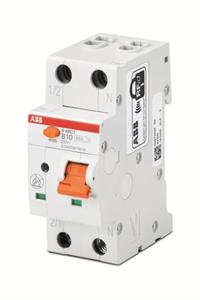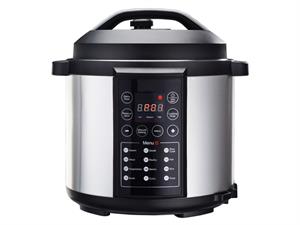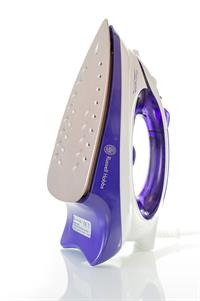
PUMPA - SMART LEARNING
எங்கள் ஆசிரியர்களுடன் 1-ஆன்-1 ஆலோசனை நேரத்தைப் பெறுங்கள். டாப்பர் ஆவதற்கு நாங்கள் பயிற்சி அளிப்போம்
Book Free DemoWhen electric current passes through a conductor, there is much 'friction' between the moving electrons and the conductor's molecules. During this process, electrical energy is converted to heat energy. This is known as the heating effect of electric current. The heat generated depends on the amount of resistance offered by the wire. Copper wire offers significantly less resistance, and it does not get heated up quickly.
However, thin wires of tungsten or nichrome used in bulbs offer high resistance and get heated quickly. This is why tungsten wire is used in the bulbs' filaments, and nichrome wire is used as a heating element in household electrical appliances. The heating effect of electric current can be seen in many devices. Some of them are given below.
- Fuse
- Electric kettles
- Electric cookers
- Electric irons
Fuse:
Fuse is a strip of alloy wire made up of lead and tin with a very low melting point. This can be connected to the circuit. The fuse is usually designed to take a certain amount of current. When current passing through the wire exceeds the highest limit, it gets heated up. Due to the low melting point, fuse wire melts quickly, disconnecting the circuit. This disconnection prevents from damage to the appliances.
Fuse is a strip of alloy wire made up of lead and tin with a very low melting point. This can be connected to the circuit. The fuse is usually designed to take a certain amount of current. When current passing through the wire exceeds the highest limit, it gets heated up. Due to the low melting point, fuse wire melts quickly, disconnecting the circuit. This disconnection prevents from damage to the appliances.

Fuse
Electric kettles:
The heating component is placed at the bottom of the kettle, which contains water. The heat is then absorbed by the liquid and distributed throughout the liquid by convection.

Electric kettle
Electric cookers:
Electric cookers become red-hot when an electric current passes through a coil. The heat energy generated is absorbed by the cooking pot through conduction.
Electric cookers:
Electric cookers become red-hot when an electric current passes through a coil. The heat energy generated is absorbed by the cooking pot through conduction.

Electric cooker
Electric irons:
When electric current passes through the heating element, the heat energy generated is conducted to the heavy metal base, increasing its temperature. This energy is then used to press cloth materials.
When electric current passes through the heating element, the heat energy generated is conducted to the heavy metal base, increasing its temperature. This energy is then used to press cloth materials.

Iron box
Reference:
https://commons.wikimedia.org/wiki/File:Example_for_combined_AFDD_with_MCB.jpg
https://pixabay.com/photos/kettle-glass-water-blow-geraert-357178/